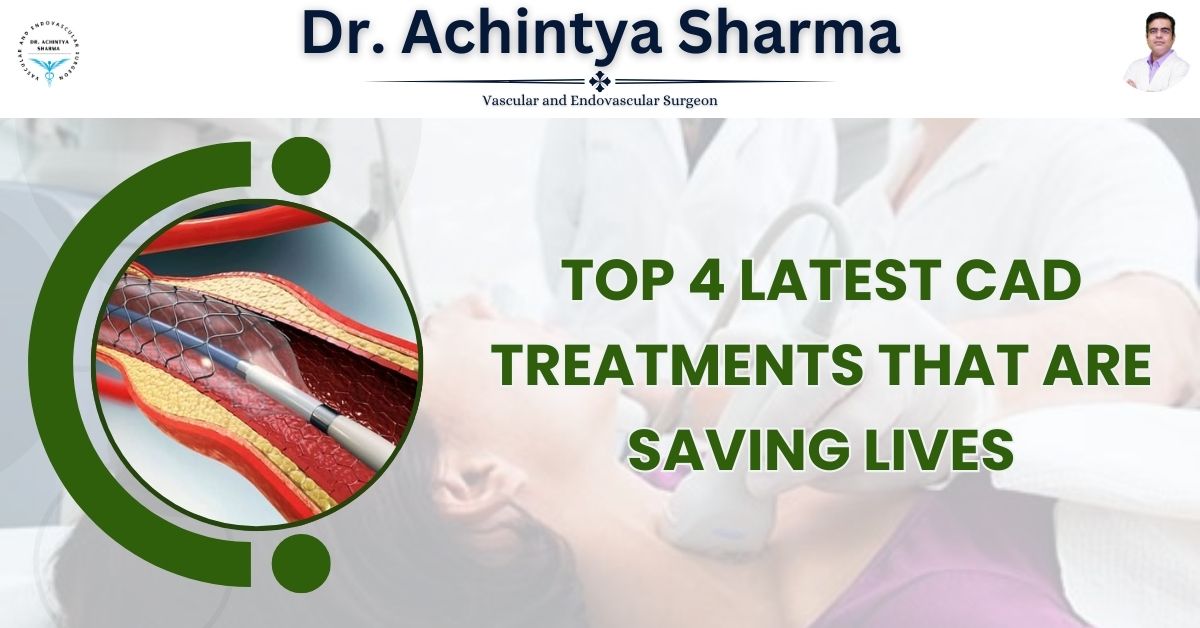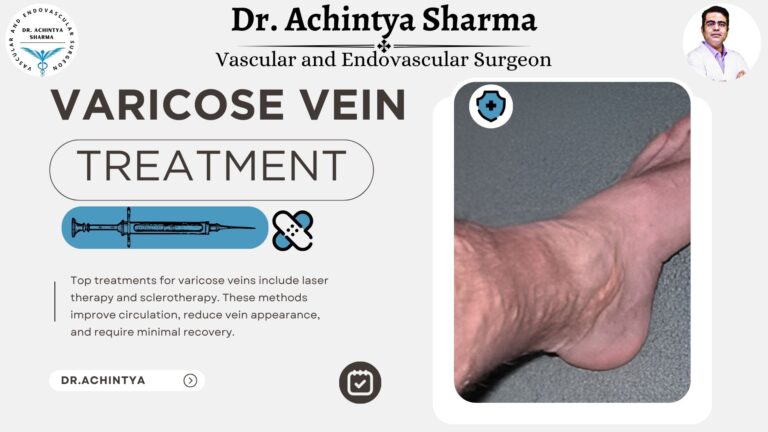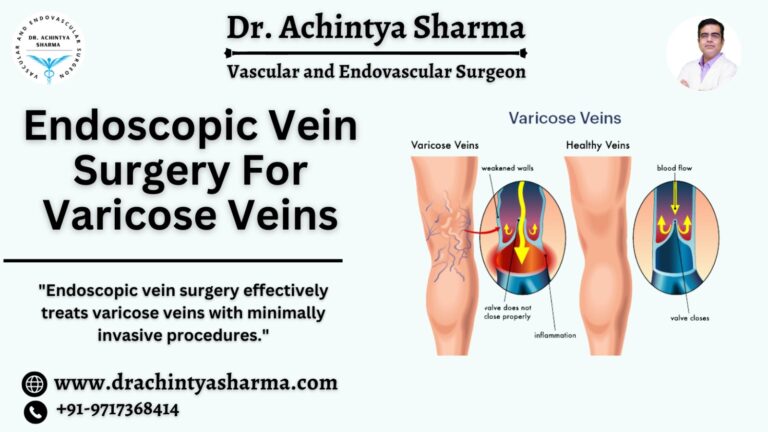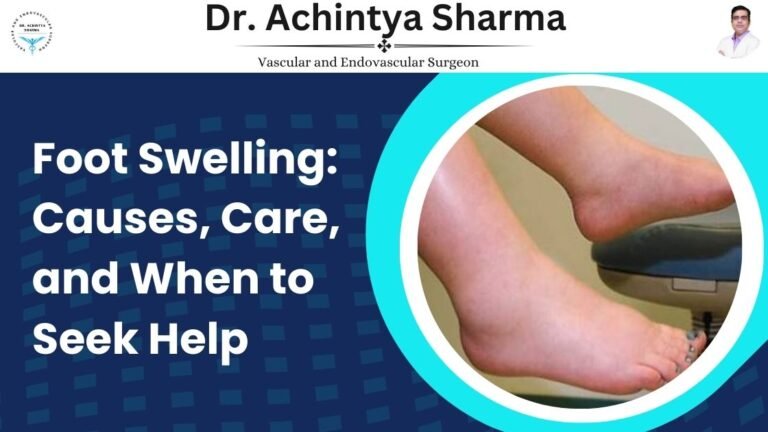Carotid Artery Disease (CAD) is no longer an unpredictable threat that surprises patients without warning. Today, breakthroughs in CAD treatment have transformed how we manage this serious vascular condition. If you’re seeking more than just routine care—and want treatment that genuinely enhances your quality of life—you’ve come to the right place. A pioneer in modern vascular care, Dr. Achiintya Sharma, is redefining how patients experience CAD treatment through precision diagnostics, personalized therapies, and technology-enhanced care. Here’s how today’s advanced treatment options are making a real difference.
Why Is CAD a Serious Concern?
CAD often develops without symptoms and may not be noticed until a stroke happens. The main dangers include:
- Plaque rupture leading to blood clots
- Reduced blood flow causing mini-strokes (TIAs)
- Complete blockage, resulting in a major stroke
Finding CAD early and getting the right CAD treatment can help prevent serious health risks.
How Is CAD Diagnosed?
Before CAD treatment, accurate diagnosis is crucial. The most trusted diagnostic tools include:
- Carotid Ultrasound – It’s the go-to first step for screening—completely safe, painless, and non-invasive.
- CT Angiography (CTA) – Provides 3D images of artery blockages.
- Magnetic Resonance Angiography (MRA) – It provides clear, detailed images of your arteries—all without exposing you to radiation.
- Digital Subtraction Angiography (DSA) – Used for high-precision diagnosis before surgery.
“Not every blockage requires surgery,” says Dr. Achiintya Sharma. With advanced tests, we can choose the best CAD treatment for each patient.
Most Trusted & Commonly Used CAD Treatments
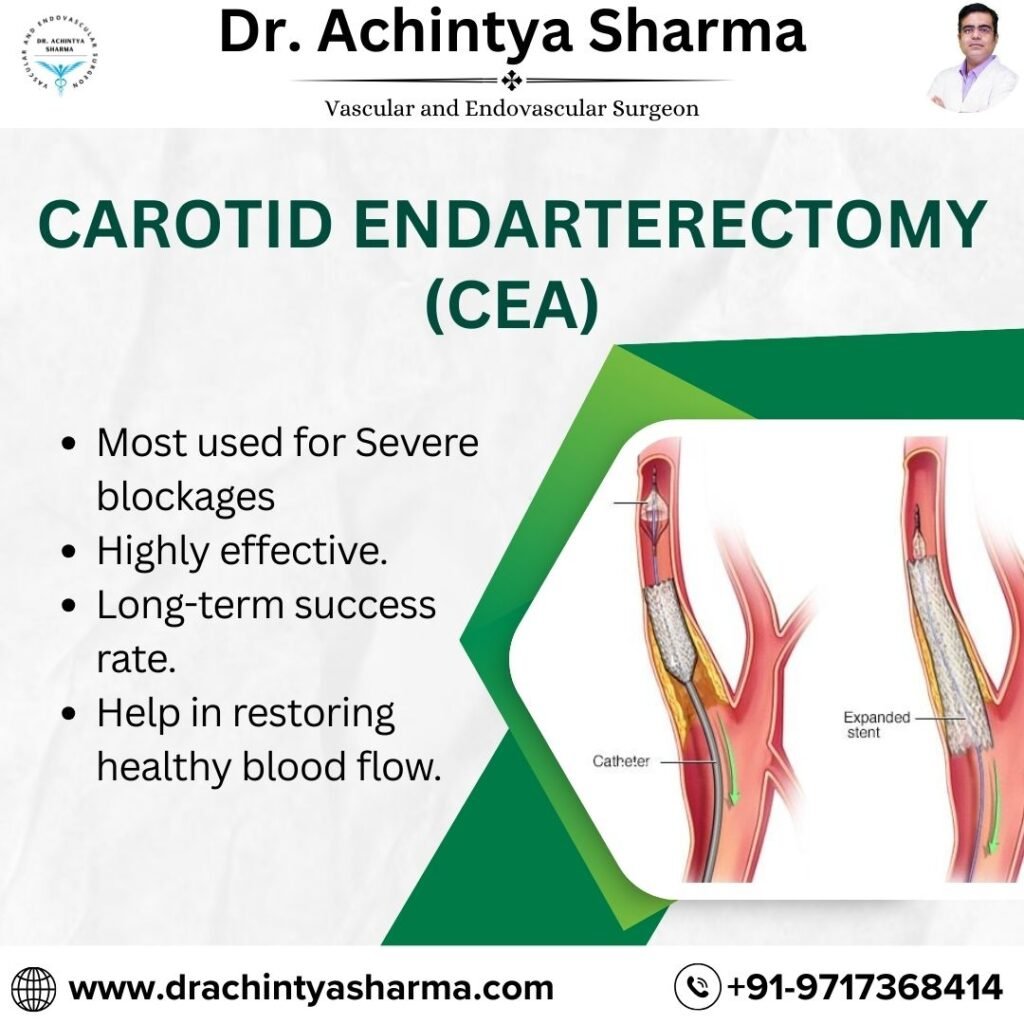
1. Carotid Endarterectomy (CEA) – The Gold Standard
Most used for: Severe blockages (70% or more)
- A surgical method used to carefully clear built-up plaque from the artery, restoring healthy blood flow.
- Highly effective with a long-term success rate.
- Recommended for low-to-moderate-risk patients.
2. TransCarotid Artery Revascularization (TCAR) – Minimally Invasive Alternative
Best for: High-risk patients (elderly or with heart/lung conditions)
- Uses a small incision near the collarbone.
- A unique technique briefly reverses blood flow to block plaque from reaching the brain.
- Faster recovery than traditional surgery.
3. Carotid Artery Stenting (CAS) – Less Invasive Option
Ideal for: Patients who cannot undergo open surgery
- A tiny stent keeps the artery open so blood can flow freely.
- Often combined with drug-coated stents to prevent re-narrowing.
- Requires less recovery time than CEA.
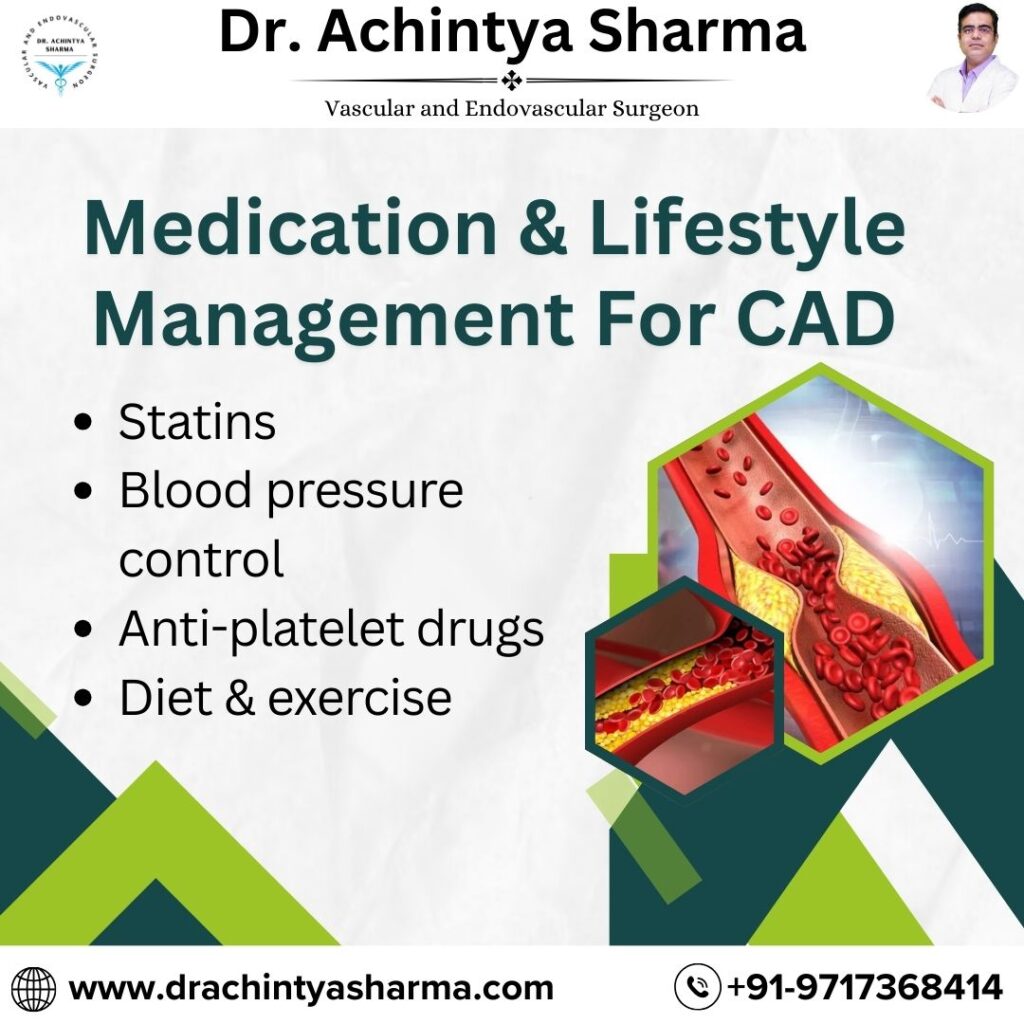
4. Medication & Lifestyle Management – Essential for All Patients
Even after surgery, ongoing care is crucial:
- Statins to lower cholesterol.
- Blood pressure control to reduce artery stress.
- Anti-platelet drugs (like aspirin) to prevent clots.
- Diet & exercise to slow plaque progression.
Out of which most commonly recommended are:
- CEA remains the top choice for eligible patients due to its proven effectiveness.
- TCAR is gaining popularity for high-risk cases.
- Stenting is preferred when surgery is too risky.
The Future of CAD Treatment
Emerging advancements include:
- Smart stents with real-time monitoring.
- Genetic testing for personalized drug therapy.
- AI-assisted diagnostics for early stroke prediction.
Can You Really Live a Healthy Life with CAD?
Living with CAD doesn’t mean putting your life on pause. With the right CAD treatment, many people successfully manage the condition and continue to live active, healthy lives. The key is catching it early. Experts like Dr. Achiintya Sharma create personalized plans for each patient, which may include the right medications, healthier lifestyle choices, and regular check-ups. These steps work together to reduce risks and protect brain health. With the right approach, living with CAD can be a smart, controlled choice, not something to fear.
Is Surgery the Only Way to Treat CAD?
Not at all — and that’s a common myth. In fact, many cases of Carotid Artery Disease (CAD) can be treated without ever stepping into an operating room. Thanks to major advancements in CAD treatment, options now include targeted medications, inflammation control, and non-invasive imaging to keep a close watch on your arteries. Dr. Achiintya Sharma is known for favoring conservative methods first, only recommending surgery when absolutely necessary. If your case allows, you could treat CAD with precision and care — minus the scalpel.
Conclusion
CAD is treatable, and modern methods offer safer, more effective solutions than ever before. Whether through surgery, stenting, or medical management, the right CAD treatment can prevent strokes and improve quality of life.
Consult vascular expert Dr. Achiintya Sharma for a tailored treatment plan. Early intervention makes all the difference—protect your brain today.

